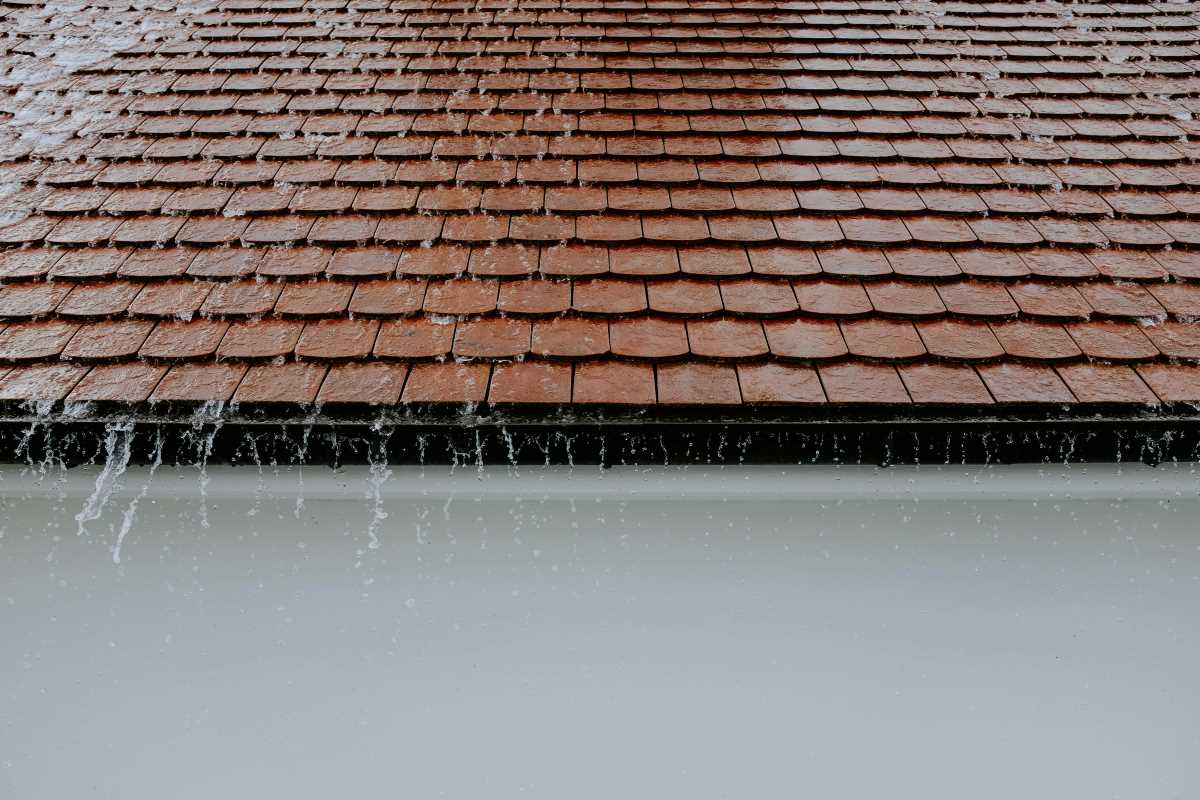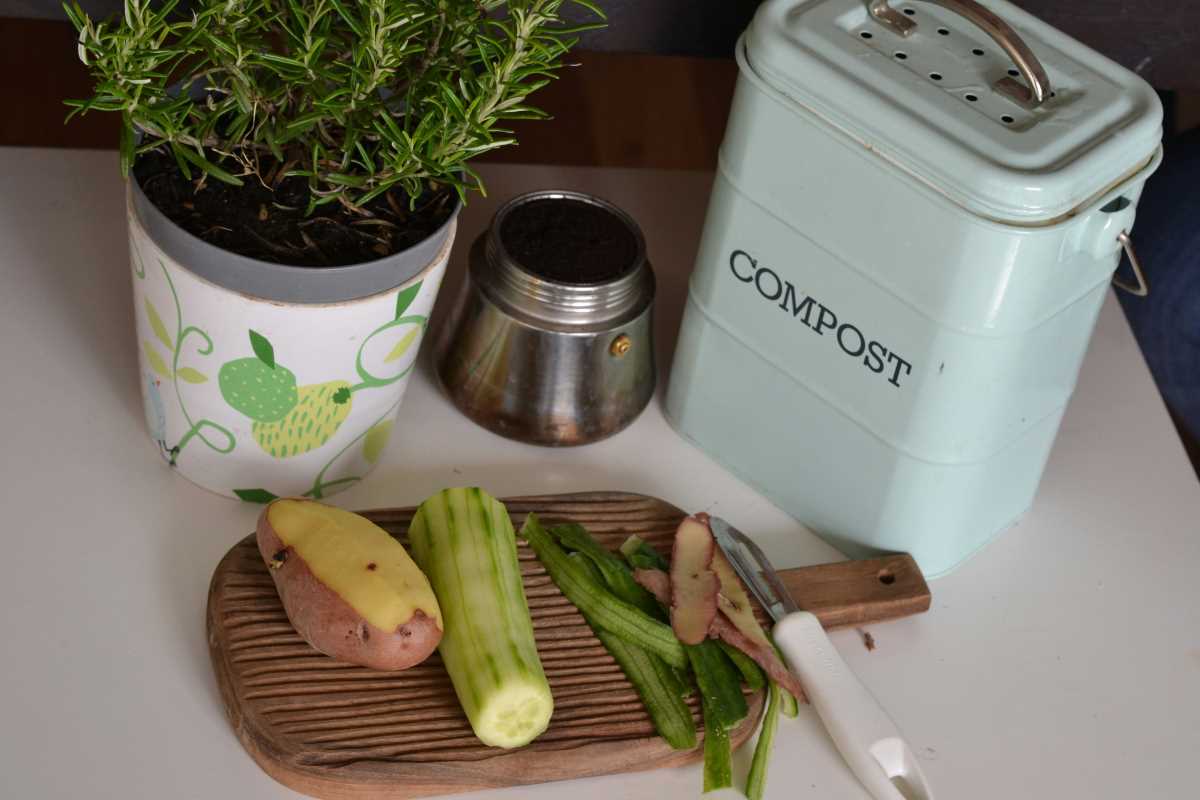Sustainability plays a crucial role in shaping the way we live in cities today, motivating people to make choices that reduce their impact on the environment. A practical method to support this green lifestyle involves setting up a rainwater collection system at home. By doing so, you not only preserve essential water resources but also reap the numerous benefits that come with adopting sustainable urban practices in your daily life. This simple yet effective change can make a significant difference, contributing to a healthier planet for future generations.
Understanding Rainwater Collection Systems
Rainwater collection systems capture and store rainwater for various household uses. These systems can adapt to different needs and spaces, making them ideal for urban settings.
- Components:Gutters and Downspouts: Direct rainwater from your roof to the storage system.
- First-Flush Diverter: Ensures the initial dirty runoff diverts away from the storage tank.
- Storage Tanks: Hold the collected rainwater for later use.
- Filtration Systems: Clean the water to make it suitable for various uses.
- Pumps and Controls: Manage the distribution of water from the tank to your household needs.
- Types of Systems:Above-Ground Systems: Typically easier to install and maintain, suitable for smaller spaces.
- Underground Systems: Save space above ground and can hold larger volumes of water.
- Standalone Systems: Independent units that can attach to existing roofing and drainage setups.
- Integrated Systems: Built into new constructions, offering a seamless look and optimized efficiency.
Benefits of Rainwater Collection
Using a rainwater collection system brings a multitude of advantages that extend beyond simple water savings.
- Environmental Benefits:By reducing reliance on municipal water systems, you help decrease the demand on local water resources, promoting a healthier ecosystem.
- Economic Advantages:Lower your water bills significantly by using collected rainwater for irrigation, laundry, and flushing toilets.
- Water Quality Improvement:Collected rainwater typically remains free from many of the contaminants found in treated municipal water, making it suitable for various non-potable uses.
- Resilience During Droughts:Having a rainwater storage system ensures you have a backup water supply during periods of drought or municipal water restrictions.
- Reduced Soil Erosion:By capturing rainwater, you minimize runoff that can lead to soil erosion and waterway pollution in urban areas.
Step-by-Step Guide to Installation
Installing a rainwater collection system may seem daunting, but breaking it down into manageable steps simplifies the process.
1. Assess Your Roof and Drainage: Start by evaluating the size and material of your roof, as well as the existing gutter system. This evaluation determines the capacity and type of system you need.
2. Choose the Right Storage Tank: Select a tank that fits your space and meets your water needs. Options range from plastic barrels to more robust concrete or metal tanks.
3. Install Gutters and Downspouts: Ensure your roof has gutters that effectively channel rainwater into downspouts leading to your storage tank.
4. Add a First-Flush Diverter: This component helps keep the initial dirty runoff away from your storage tank, ensuring cleaner water collection.
5. Set Up Filtration Systems: Install filters to remove debris and further purify the collected rainwater, making it suitable for use around your home.
6. Connect Pumps and Controls: Integrate pumps to distribute the stored water where needed, and set up controls to manage the system efficiently.
7. Test the System: Once installed, monitor the system to ensure it captures and stores rainwater effectively without leaks or other issues.
Maintenance Tips for Longevity
Proper maintenance keeps your rainwater collection system efficient and extends its lifespan.
- Regular Cleaning: Clean gutters, downspouts, and filters regularly to prevent blockages and contamination.
- Inspect for Leaks: Periodically check all components for signs of wear or leaks and address them promptly.
- Monitor Water Quality: Test the stored water occasionally to ensure it remains clean and free from pollutants.
- Protect the Storage Tank: Ensure your tank remains covered and sealed to prevent mosquito breeding and debris from entering.
- Seasonal Checks: Before and after rainy seasons, inspect the entire system to ensure it can handle fluctuating water volumes.
Common Challenges and Solutions
While rainwater collection systems offer numerous benefits, they can present certain challenges that require attention.
Limited Space: Urban homes often have limited space for large storage tanks. Solution: Opt for compact, modular tanks or consider underground storage options to maximize space efficiency.
Water Contamination: Keeping the collected water clean can be a concern. Solution: Implement robust filtration systems and regular maintenance to maintain high water quality.
Initial Investment: The upfront cost of installing a rainwater collection system can be significant. Solution: Consider the long-term savings on water bills and explore local incentives or rebates that can offset installation costs.
Regulatory Restrictions: Some urban areas have regulations regarding rainwater harvesting. Solution: Research local laws and obtain necessary permits before installation to ensure compliance.
Aesthetic Concerns: Large tanks might not fit well with your home's design. Solution: Choose tanks that blend with your home's architecture or place them in less visible areas like basements or garages.
Implementing a rainwater collection system fosters sustainability and self-sufficiency in urban living. Understanding its components, benefits, and maintenance allows for effective integration, supporting environmental and household sustainability goals.
 (Image via
(Image via





